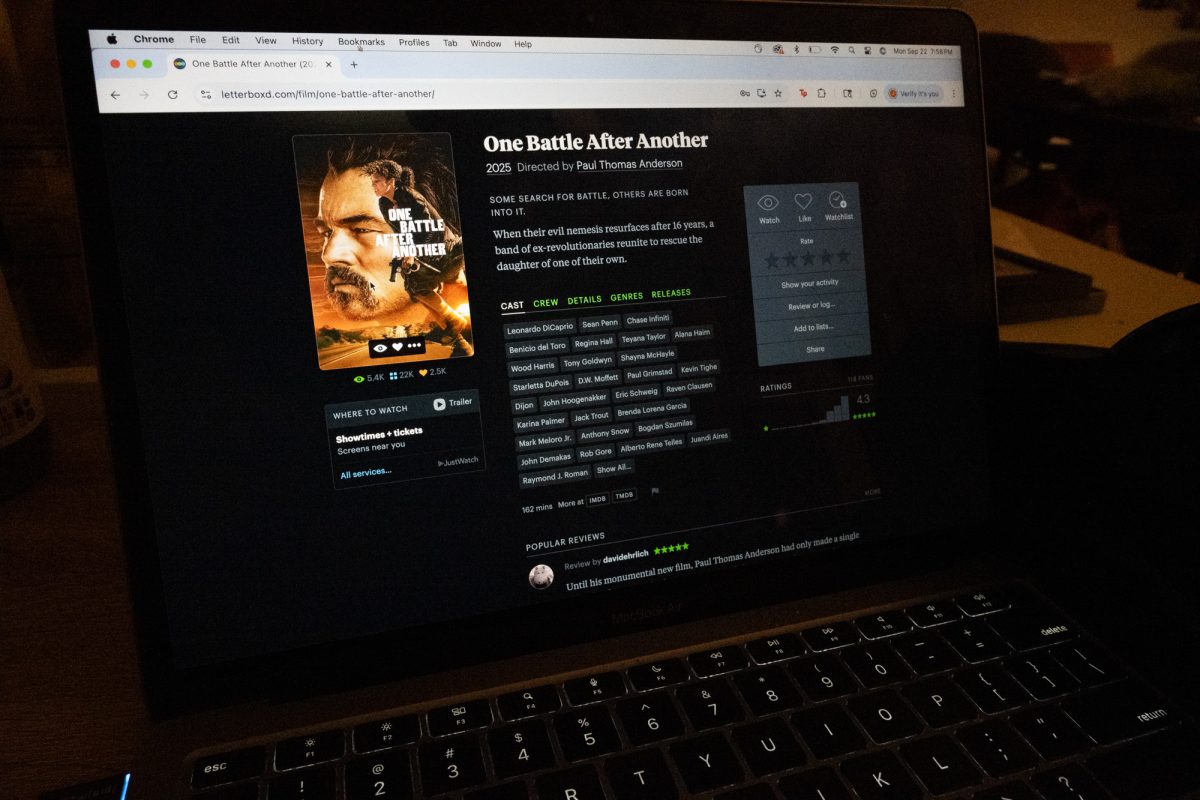
The decline of print journalism and the rise of digitalization in the news industry is an inevitable trend, said Martin Nisenholtz, a former senior vice president of digital operations at The New York Times, and Jill Abramson, a former executive editor of the Times.
Nisenholtz, a professor in Boston University’s College of Communication, and Abramson, a visiting lecturer at Harvard University, conversed in an interactive dialogue Monday evening titled “Seeking Relevance in a Digital World.” The conversation focused on the rise of news digitalization and was the latest talk in the Questrom School of Business’ Dean’s Speaker Series.
Questrom Dean Kenneth Freeman presented Nisenholtz and Abramson as the session began, and he guided the hour-long dialogue that was followed by a Q&A session.
“It started as a drive to wanting to become one of the biggest news services in the world, to build a larger audience and an audience with more media interactions,” Nisenholtz said at the beginning of the talk of the birth of the Times’ digitalization.
Abramson added that another reason for shifting toward digital news is the sharper departure from print news.
“Around the same time when I was in the office, my [coworker] was asked, ‘Can you tell me what the future is for newspapers?’” she said. “And he answers, ‘To wrap dead fish.’”
Nisenholtz and Abramson were quick to defend the importance of print news, however. Both agreed that the model seen today through other newspapers is known as the “Freemium” model, or having access to a limited number of articles and then having to pay thereafter.
“We wanted a pay system with a model that was porous,” Nisenholtz said during the session. “In other words, we were trying to figure out a way in which the Times’ content could be threaded through social media and search.”
Complementary to what Nisenholtz said, Abramson added that journalists had to adjust to the rise of online news.
“News reporters were apprehensive about the digitalization because they didn’t want to have to follow the 24/7 news cycle. They thought it moved too fast,” Abramson said. “[Now] we live in a world where we get our news immediately.”
The fast-paced nature of digital news has also created a more separated and biased news audience today, Nisenholtz said. He added that consumers who are “drowning in content” like Fox News or MSNBC have created a more polarized world.
Though smaller publications face a wavering fate in the changing industry, “nothing replaces the consistency of a local newspaper,” Nisenholtz said. “I don’t see what substitutes for that.”
During the Q&A session, an audience member asked Abramson for advice for aspiring female journalists.
“The higher a woman goes in a company … the more a public opinion of them goes down,” Abramson answered. “Get your foot in the door. Someone will hire you.”
Following the session, several attendees said they were attracted to the lecture series because Nisenholtz and Abramson’s journalistic careers impress them.
Connor Doyle, a freshman at Harvard, said Abramson is well known on campus but does not widely discuss her experience in journalism.
“Abramson is an esteemed professor in Harvard,” he said, “but apparently she doesn’t talk much about her career at the Times. I’d say this was a definite worthwhile endeavor for any up-and-coming journalism student.”
Narayan Sundararajan, a freshman at Harvard, said Abramson has made an impression on the Harvard students she teaches.
“I know a lot of people who’ve taken Abramson’s class, and they are all very impressed by her,” he said. “This was a good talk, and I for sure learned a lot, and it’s especially interesting to hear their opinions on publications such as BuzzFeed and Snapchat.”
Ike Hammond, a freshman in Questrom, said the talk was exciting and he is glad he had the chance to hear such important people from the journalism industry talk on a relevant issue.
“They’re both such influential people in the journalism industry,” he said. “To hear from them that it is possible to get a job in the field was very reassuring, to say the least.”












































































































